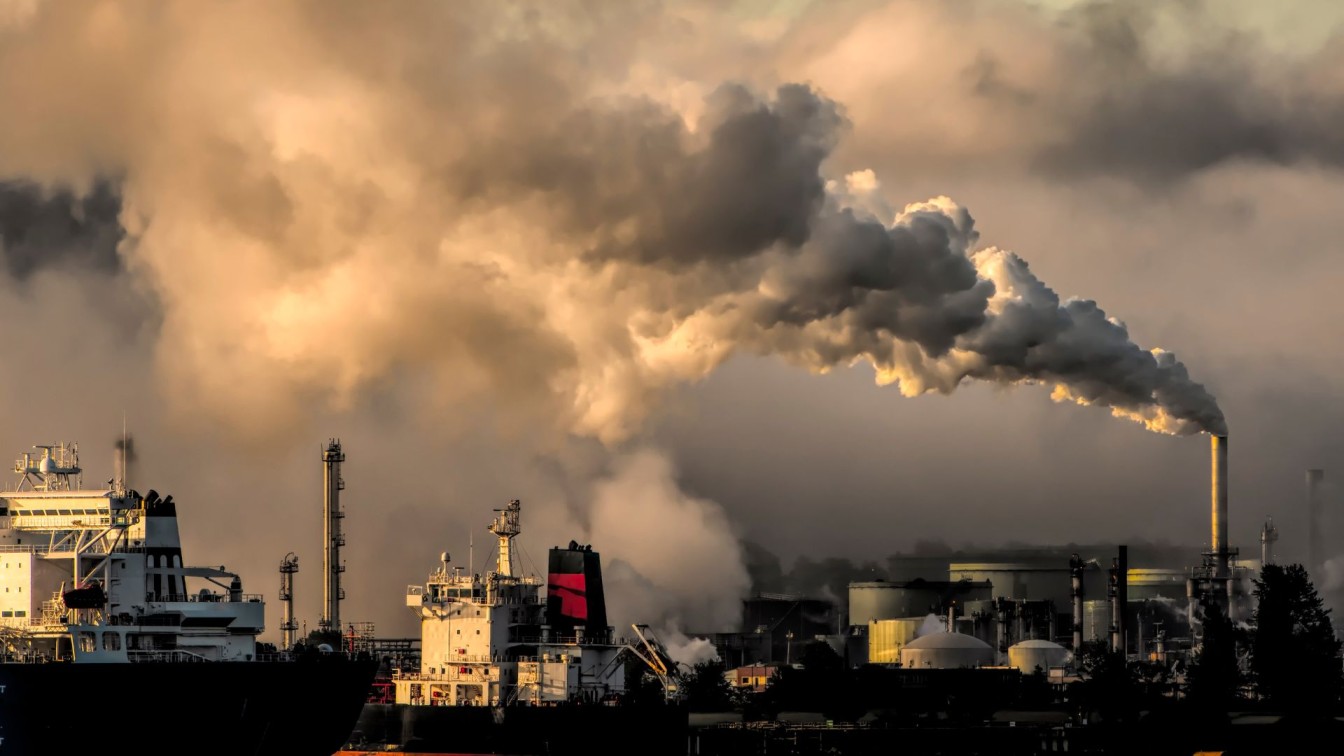As a result of increased environmental restrictions focusing on greenhouse gas (GHG) emissions, the maritime industry is quickly changing. Since the launch of the EU MRV, IMO DCS, CII, and EEXI, the EU has enacted stricter regulations and reporting standards.
Emissions Trading System (ETS)
According to the European Commission, the ETS represents a vital move towards regulating ship carbon emissions. It operates on the principle of “cap and trade”, where a limit is set on the total amount of specific greenhouse gases that companies can emit. The goal is to reduce the limit progressively to drive down overall emissions. Those who emit less than their quota can sell their surplus credits, providing an economic incentive to reduce emissions.
The maritime sector, accountable for nearly 3% of global greenhouse gas emissions, will be part of the ETS starting 2024. This action signals a clear intention to drive the industry towards reducing its carbon footprint.
Read more: How to create a data management culture for true sustainability
Key Provisions of the Maritime ETS
By 30th September 2025, shipping companies are required to allocate their initial ETS allowances for the emissions they declared in 2024.
The proportion of emissions covered by these allowances will increase yearly:
- 2025: Emission allowances must cover 40% of 2024 emissions.
- 2026: Emission allowances must cover 70% of 2025 emissions.
- 2027 onwards: Emission allowances must cover 100% of declared emissions.
Which vessels fall under the EU ETS Directive?
- Starting 2024: Both cargo and passenger ships with a gross tonnage (GT) of 5000 or more.
- Starting 2027: Offshore vessels with a gross tonnage (GT) of 5000 or more.
ETS Implementation and guidelines
The European Comission is on the process of creating the implementation guidelines for the ETS in the Maritime. They expect to have defined all the necessary rules, templates, and procedures to ensure the good functioning of the system from 1 January 2024.
The benefits of the Emissions Trading System in the Maritime Industry
This legislation promotes more transparency in emissions reporting in the Maritime and creates a solid frame for the ETS by establishing a robust and reliable emissions inventory. Additionally, it aims to encourage shipping companies to adopt energy-efficient technologies and carbon reduction strategies.
Emissions Trading System and its Impact on EU MRV Reporting
The introduction of the ETS will significantly affect the MRV reporting. The ETS leans heavily on the accurate reporting and verification mechanisms of the MRV, ensuring emissions data is reliable, traceable, and verifiable. It will be imperative to ensure data quality in the reporting to ensure the trading system works based on reliable information.
The roadmap of regulations applications states that the EU MRV and EU ETS will impact all vessels above 400 GT. Which will cover the majority of assets.
As firms adjust to these protocols, we expect significant cuts in greenhouse gases, aligning the maritime more closely with the Paris Agreement’s climate targets. Moreover, such advancements may guide environmental policies elsewhere, possibly paving the way for stronger worldwide action against maritime emissions.
Read more: MRV & DCS Regulation: Creating Opportunity From Obligation
Conclusion
Incorporating the maritime sector into the EU ETS is a significant advancement in environmental legislation. While achieving sustainability can be intricate, these measures offer a clear path to a more eco-friendly maritime future. As we venture into these new areas, the dedication of every stakeholder is essential for meeting our mutual environmental objectives. The EU’s actions underline a dedicated effort to frame a solid strategy for maritime decarbonization.
While the industry is still adapting to the new emissions regulations, it is essential to implement data integration systems that ensure data accuracy, which remains crucial for these initiatives’ success.

